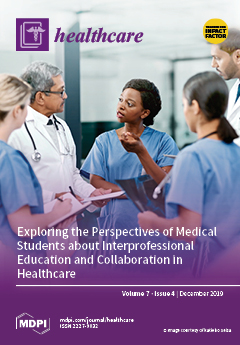Lyme disease and human babesiosis are the most common tick-borne zoonoses in the Temperate Zone of North America. The number of infected patients has continued to rise globally, and these zoonoses pose a major healthcare threat. This tick-host-pathogen study was conducted to test for infectious microbes associated with Lyme disease and human babesiosis in Canada. Using the flagellin (
flaB) gene, three members of the
Borrelia burgdorferi sensu lato (Bbsl) complex were detected, namely a
Borrelia lanei-like spirochete,
Borrelia burgdorferi sensu stricto (Bbss), and a distinct strain that may represent a separate Bbsl genospecies. This novel Bbsl strain was detected in a mouse tick,
Ixodes muris, collected from a House Wren,
Troglodytes aedon, in Quebec during the southward fall migration. The presence of Bbsl in bird-feeding larvae of
I. muris suggests reservoir competency in three passerines (i.e., Common Yellowthroat, House Wren, Magnolia Warbler). Based on the 18S ribosomal RNA (rRNA) gene, three
Babesia species (i.e.,
Babesia divergens-like,
Babesia microti,
Babesia odocoilei) were detected in field-collected ticks. Not only was
B. odocoilei found in songbird-derived ticks, this piroplasm was apparent in adult questing blacklegged ticks,
Ixodes scapularis, in southern Canada. By allowing live, engorged ticks to molt, we confirm the transstadial passage of Bbsl in
I. muris and
B. odocoilei in
I. scapularis. Bbss and
Babesia microti were detected concurrently in a groundhog tick,
Ixodes cookei, in Western Ontario. In Alberta, a winter tick,
Dermacentor albipictus, which was collected from a moose,
Alces alces, tested positive for Bbss. Notably, a
B. divergens-like piroplasm was detected in a rabbit tick,
Haemaphysalis leporispalustris, collected from an eastern cottontail in southern Manitoba; this
Babesia species is a first-time discovery in Canada. This rabbit tick was also co-infected with
Borrelia lanei-like spirochetes, which constitutes a first in Canada. Overall, five ticks were concurrently infected with
Babesia and Bbsl pathogens and, after the molt, could potentially co-infect humans. Notably, we provide the first authentic report of
I. scapularis ticks co-infected with Bbsl and
B. odocoilei in Canada. The full extent of infectious microorganisms transmitted to humans by ticks is not fully elucidated, and clinicians need to be aware of the complexity of these tick-transmitted enzootic agents on human health. Diagnosis and treatment must be administered by those with accredited medical training in tick-borne zoonosis.
Full article






